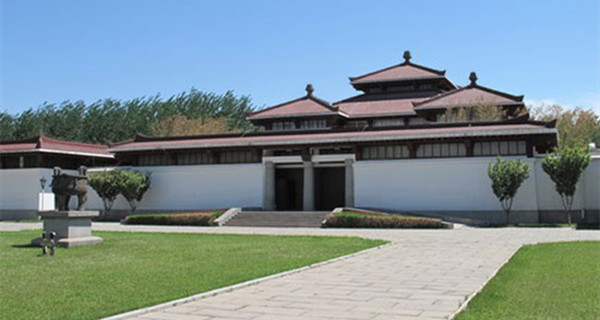Liulihe Ruins, one of the important cultural relics of the Shang and Zhou Dynasties of China (about 1,600 B.C. - 256 B.C.). is located in Liulihe Town in Fangshan District.

This cultural relics site stretches as long as 3.5 kilometers from east to west and as wide as 1.5 kilometers from south to north. This site was first discovered in the 1940s and was further examined to excavate in 1962. This first excavation took place in 1972. Discovering this cultural relics site plays an important role in researching the early history of the Yan Kingdom (燕国: before and during the Warring States of China [475 B.C. - 221 B.C.]).
The relics site consists of three parts: the site of the ancient cities, the area of tombs and the site of ancient houses. The site of the ancient cities is located in the mid of the site and half of the north city wall and the wall that goes from the east to the west still exist. It is estimated that the castle was constructed during the early Western Zhou Dynasty (1046 B.C. - 771 B.C.). The area of tombs is located in the south of the city, with Huangtupo Village (黄土坡村) being the most densely buried area. These tombs can be divided into three types: big, medium and small, which are all rectangular pits. Each of the big tombs usually has two tunnels leading to the coffin. The site of houses is located in the city and west of it and houses, basements, ash pits, wells and other relics can be found there.
Today the Beijing Western Zhou and Yan Kingdom Capital Museum has been built on the site. This site is rarely known by common travelers but is indeed meaningful and important.
Add: Liulihe Town, Fangshan District, Beijing 北京房山区琉璃河镇
Admission: Free
Tel: +86 10 69381435
Getting there: Take Bus No. 9 to Liuliqiao East (六里桥东; Exit C) and get on Bus No. 835 (or Express 835) to Shangzhouyizhi (商周遗址).



